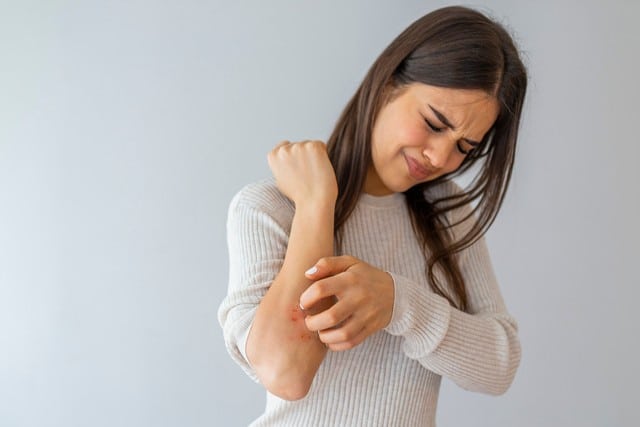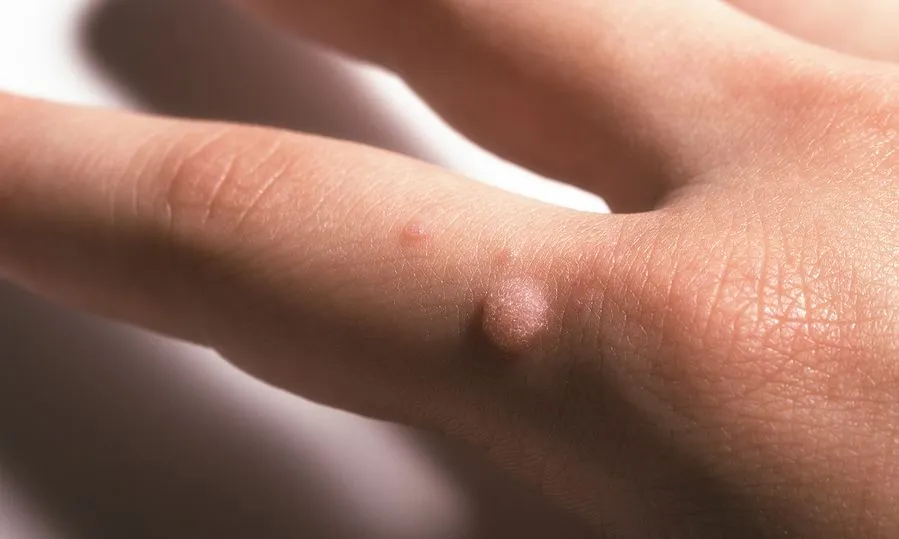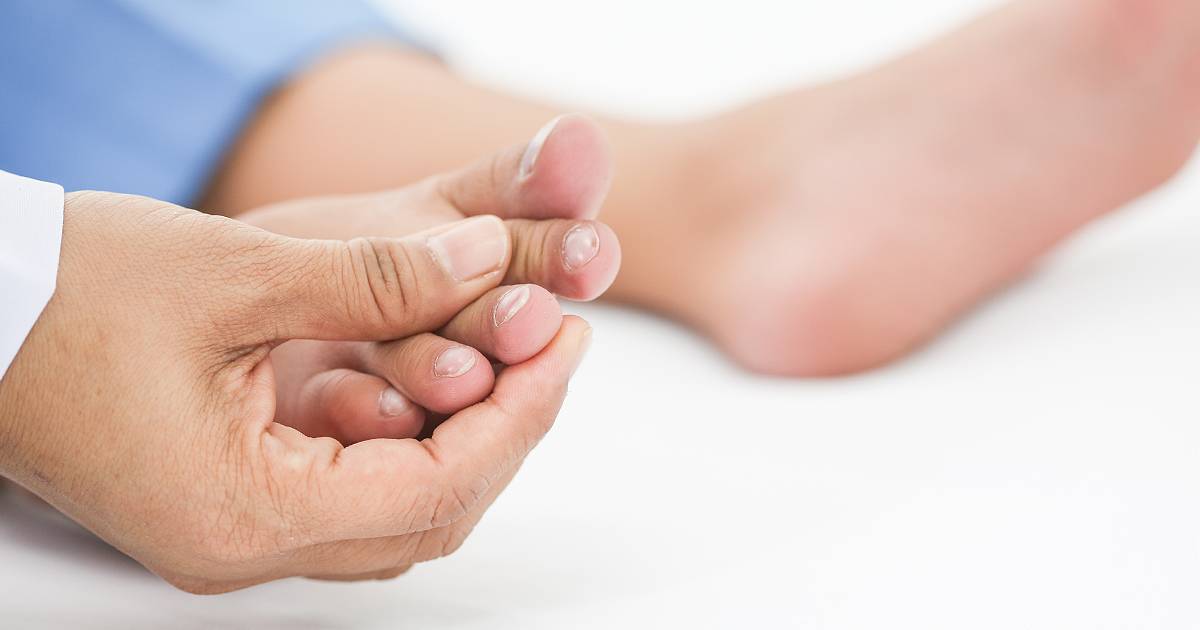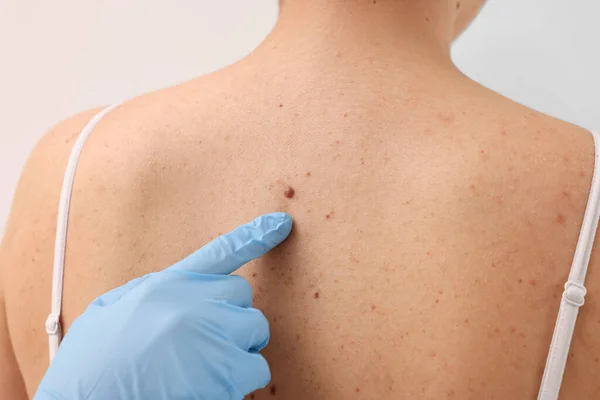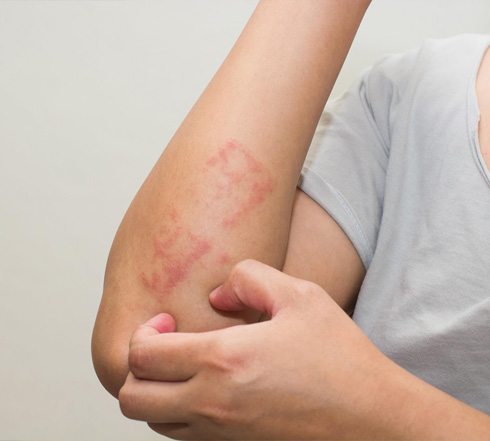Itch
There are many causes of itch. The most common causes are skin diseases. These diseases include urticarial (hives), atopic eczema, and psoriasis. Sometimes, internal diseases, such as kidney failure, liver failure, and thyroid problems, can cause a generalised itch.

